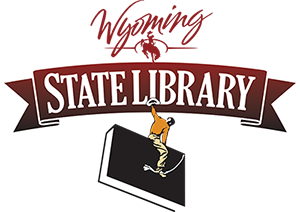 April is Citizen Science Month, and there’s still time to celebrate! Citizen science is research done by everyday people around the world to help answer questions scientists can’t solve alone. We recommend you start at SciStarter.org for a wealth of resources and ideas.
April is Citizen Science Month, and there’s still time to celebrate! Citizen science is research done by everyday people around the world to help answer questions scientists can’t solve alone. We recommend you start at SciStarter.org for a wealth of resources and ideas.
Four common features of citizen science practice are:
- anyone can participate
- participants use the same protocol so data can be combined
- data can help real scientists come to real conclusions
- a wide community of scientists and volunteers work together
Have no worries about being able to do citizen science from home. Ideas abound! Find projects to work on that advance research on human and environmental health. Have students at home? You can also find projects organized by grade level from PreK to college.
For more ideas, read:
- Cooped up at Home? Here Are 7 Ways to Take Part in Online Science Projects and Activities from Discover Magazine
- Citizen Science-ing Where You Are from SciStarter
Another way to be a citizen scientist from the comfort of your home by volunteering to transcribe and catalog the Smithsonian Institution’s digital collection of history and biodiversity data. There are currently more than 16,000 “volunpeers” in action and over half a million pages already completed, but don’t worry, there are plenty more pages where that came from!
Civil engineers and city designers may have more experience in cartography, but everyone is welcome to participate in the New York Public Library’s Building Inspector, where the NYPL is “training computers to recognize building shapes and other data on digitized insurance atlases.” The easy, small tasks of checking the computers’ work are why this collection has the slogan “Kill time. Make history.”

